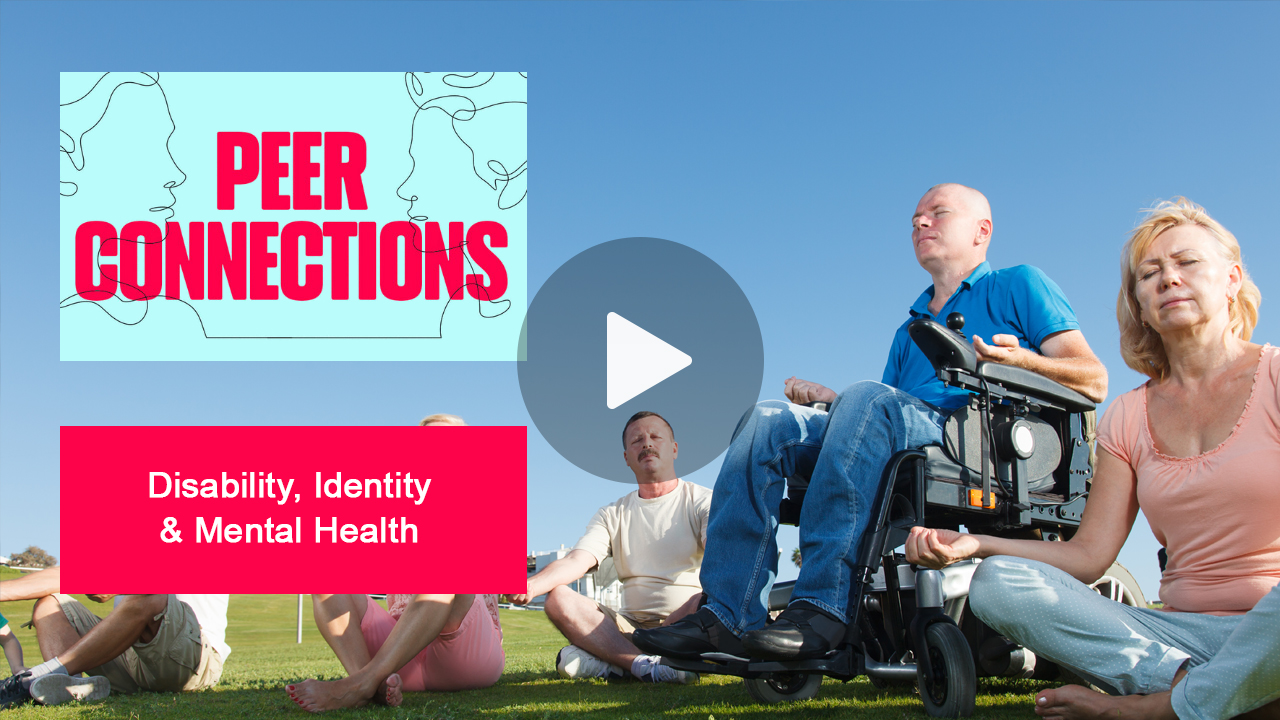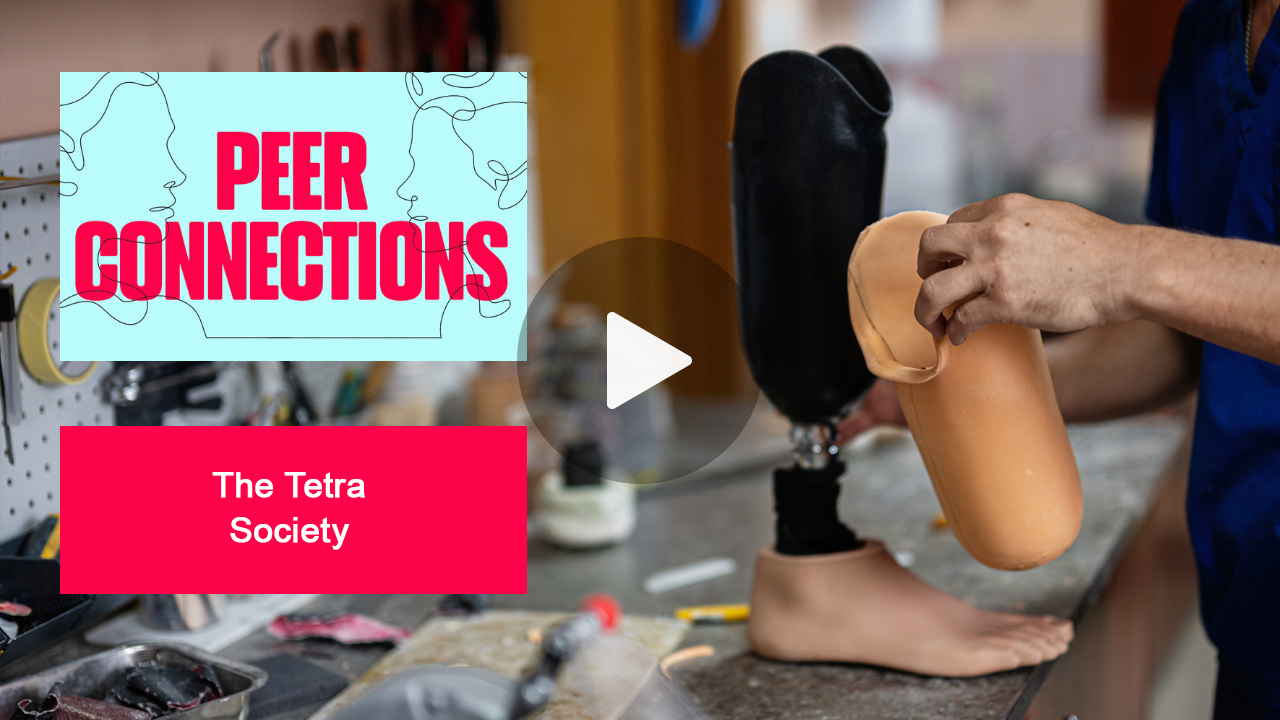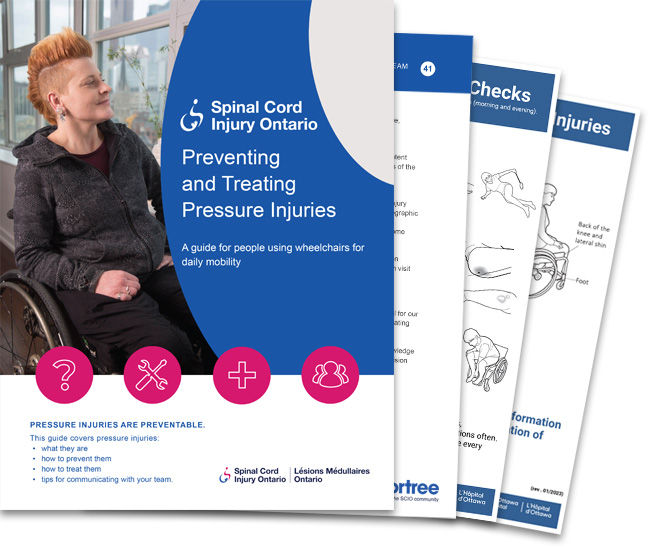In today’s video, Oda interviews Kevin McKenzie at Ontario Home Health in Collingwood with Heather Hollingshead, SCIO Regional Services Coordinator. Having the right equipment can make you more comfortable. Oda talks to Kevin to learn about new products and accessories. Heather shares how Regional Services Coordinators can help learn about your needs and goals for the future and support you in meeting your goals, including with sourcing and funding equipment.
This video content was created as part of a project funded by a grant from the Craig H. Neilsen Foundation to Spinal Cord Injury Ontario.
Pressure injuries may occur from time to time and are quite common for people with a spinal cord injury. Pressure injuries (also called bedsores, decubitus ulcers, pressure sores or pressure ulcers) can seriously affect people who are living with a spinal cord injury and others who use wheelchairs for daily living.
Pressure injuries are skin and tissue damage. They are caused by sitting or lying too long on one part of the body. They can also be caused by pressure combined with shear. Shear is when the skin moves one way, and the tissue underneath moves the opposite way. This can happen when you slide down in bed or transfer your weight from one surface to another.
The deeper the injury is, the harder it is to treat. That’s why it is so important to try to prevent them. You, and those who help with your care, should always watch for signs of pressure injuries. Get them treated right away. If things aren’t getting better, be sure to consult a health care provider who can help you manage pressure injuries.
Some people might experience increased risk factors for developing pressure injuries such as:
- Inadequate access to health care
- Lack of mobility
- Poor nutrition
- History of pressure injury.
Areas of skin breakdown can be a sign you may need to assess your strength, balance and posture, stretch and strengthen your muscles and joints. Moving more and making your transfers smoother can help protect your skin.
You’ll find this video useful if you want to learn more about:
- dealing with sci pressure injuries
- equipment options for people managing pressure injuries
- spinal cord injury pressure injury prevention
- best skin health tips for spinal cord injury
- managing skin sensitivity with SCI
- skin care for spinal cord injury patients
- sci and skin damage
- wheelchair user skin care tips.
If you enjoyed this video about dealing with SCI pressure injuries, and spinal cord injury skin management tips, please remember to like, share, subscribe and leave a comment if you have any questions, suggestions, or feedback. We hope to see you here again soon!
This video content was created as part of a project funded by a grant from the Craig H. Neilsen Foundation to Spinal Cord Injury Ontario.




